Our long weekend and the first one of summer, got me thinking of ways to enjoy DIY projects again. I’ve always been their biggest fan. I get excited about the idea of a new project, start the work, and can’t wait to finish and use them at their best.
I’m getting more and more worried about my water reserve (must be the heat). So I’ve decided to mix useful and fun, in choosing posts for this week’s Prep Blog Review, and I’ve found some pretty interesting stuff to try.
1. How to Find and Purify Water Sources You Never Considered
“This is Part II of a pair of articles on finding and obtaining water in the field. The last one we covered some methods of chemical purification, and stressed (as we stress here): boiling is the safest method to purify your water. Keep in mind something I didn’t mention in the previous article: water that is contaminated by pollutants such as toxic chemicals and industrial wastes is not able to be purified by chemicals or boiling to make it safe for drinking. We will address that in a minute.”
Read more on Ready Nutrition.
2. Prepping: Water Storage
“Water is a topic that is something that is touched on in preparation but I think most times it is often seen as getting by with the min. amount rather than what a person really needs to store on hand as well as making clean drinking water for the future. I can tell you from my own 5 day no tap water test that one gallon stored per person a day might be okay for three days. But it will not be enough even for a week long outage. Sure it’s better than nothing but I don’t know about you but I’m not preparing based on better than nothing”.
Read more on Hot Gas.
3. 22 Ways To Conserve Water In Your Home
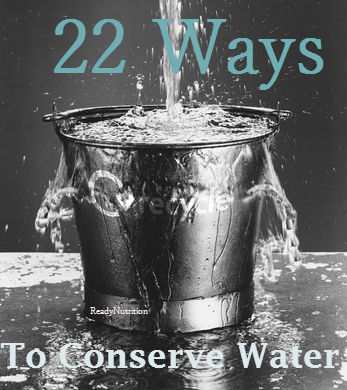
The water consumed by the United States is among the highest in the world. On average, one household uses 350 gallons of water. Did you know that if a household started conserving water, you can reduce your in-home water use by 35%? This means the average household, which uses 130,000 gallons per year, could save 44,000 gallons of water per year.”
Read more on Prepper Dome.
4. How to Adjust the pH in Soil and Water for Abundant Harvests
“In terms of plant growth, the pH of the soil the plant is growing in can have a massive impact on yield, so it is important to optimize the pH in soil. Solutions shown to be 7 on the pH scale are neutral, so pure water would be neutral. Solutions under 7 on the pH scale are acidic – cider vinegar, for example, is around 4 on the scale and stomach acid (hydrochloric acid) is around 2-3. Solutions over 7 on the pH scale are alkaline – bleach is around 13 on the scale and a baking soda solution about 9.”
Read more on: Ask a Prepper
5. Safe Drinking Water in Any Situation
“Everyone agrees that you should have an emergency supply of water. Most experts advise that you should have a minimum water supply for 72 hours and the CDC recommends that you have 1 gallon of water for each person in your family for each day. If you have a family of 4 you will need 12 gallons of water for those 72 hours. This is pretty easy to do with bottled water. Bottled water is pre-packaged and has clear expiration dates so you know that the water is still safe to drink.
Acquiring safe drinking water becomes a little more difficult if you need to abandon your home or if the emergency lasts longer than 72 hours. Each case requires understanding of water safety, contamination, and treatment.”
Read more and on SHTF Preparedness.
This article has been written by Brenda E. Walsh for Survivopedia.


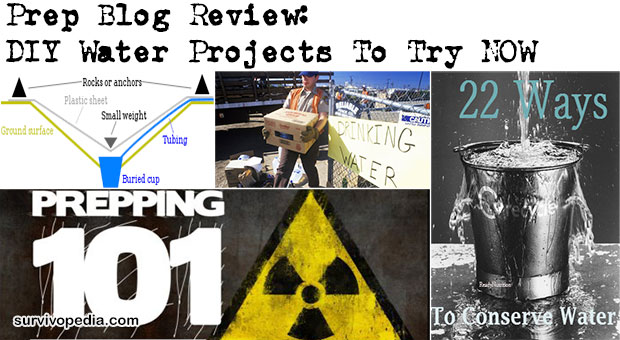
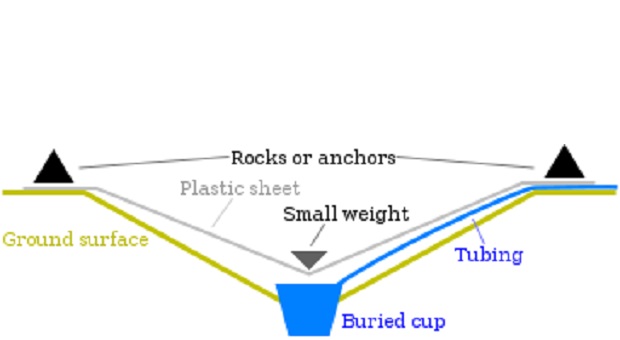
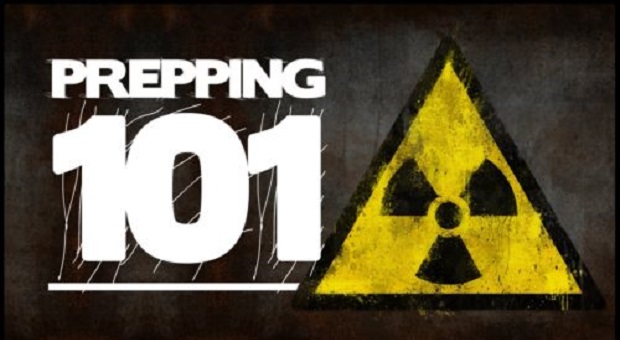
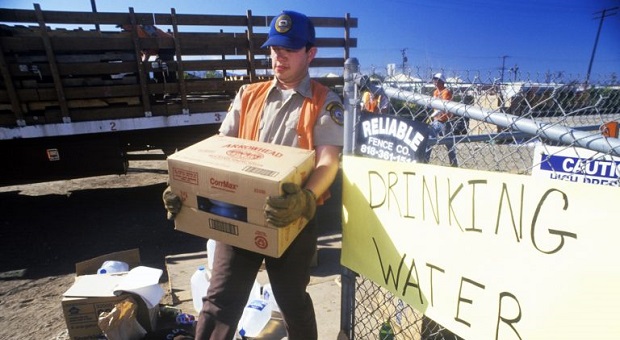






Pingback:Prep Blog Review: DIY Water Projects To Try NOW | NewZSentinel | June 4, 2016
|